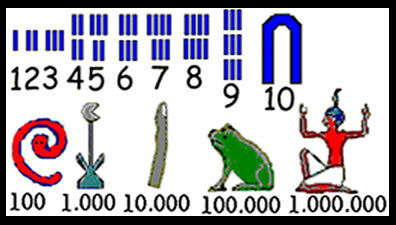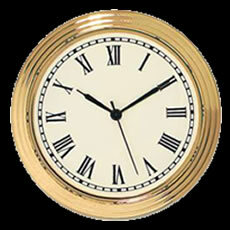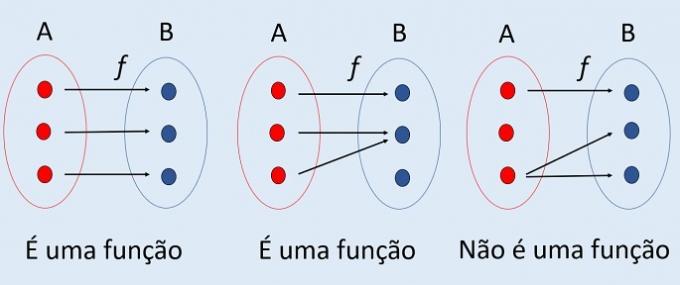The numbers were created, throughout history, due to man's need, as they needed a way to represent quantities.
The first numerical representations appeared due to the need to count the animals, for example. Shepherds released their flock in the morning and counted these animals using small stones that were placed in a bag. For each animal, a small stone was used. At the end of the day, when looking for the flock, the shepherds would count inversely, taking a pebble for each animal from the bag.

Count recorded in bones and stones
At that time there were other forms of numerical representation, such as knots in ropes or scratches made in bones and stones, with each region using a different form.
Man realized that he needed a unique way to represent these quantities, to facilitate understanding between different peoples.
The Egyptians were one of the first people to create a numbering system.

Numbering system of the Egyptian peoples
The Romans also invented a way of counting things, that is, its numbering system, known as roman numbers. We can find them even today, being used in the writing of the centuries, in clocks, book chapters, names of popes, etc.

Roman numerals
Although, the numbers we use were created by the Indians in North India in the mid-fifth century of the Christian era. The first entries appear approximately as we write. They discovered the positions of placing the same ones to form the bigger numbers.
But it was the Arabs who spread this form of counting and that is why they became known as Indo-Arabics, through a great mathematician called al-Khwārizmī, who named them “digits”.
By Jussara de Barros
Pedagogue
Kids School Team


